Hui Xu
age ~69
from Port Chester, NY
- Also known as:
-
- Hui Xu Tang
- Hui X Tang
Hui Xu Phones & Addresses
- Port Chester, NY
- Amherst, MA
- Boston, MA
- 21 Bloomingdale Rd, White Plains, NY 10605
- Cambridge, MA
- Storrs Mansfield, CT
- Westchester, NY
- Brookline, MA
Us Patents
-
Modification Of Printed And Dyed Materials
view source -
US Patent:6780202, Aug 24, 2004
-
Filed:Nov 4, 2002
-
Appl. No.:10/287135
-
Inventors:Caroline Shi - Allston MA
Sonja Salmon - Raleigh NC
Hui Xu - Wake Forest NC -
Assignee:Novoymes North America, Inc. - Franklinton NC
-
International Classification:D06P 116
-
US Classification:8137, 8401, 8921, 8922, 8924, 8926, 8927, 8529, 435236
-
Abstract:The present invention relates to methods and compositions for removing excess dye from dyed and/or printed materials, such as, textile materials dyed with disperse dyes, by treating a dyed or printed material with an esterase. The improvements resulting form the present invention include, for example, improvements in the washfastness, the wetfastness, the crockfastness, sublimation, and/or the quality of the color, such as, brightness, of dyed and/or printed materials. The present invention also relates to methods for printing or dyeing a material by dyeing or printing the material with a combination of a dye that is affected by esterase treatment and a dye that is not affected by esterase treatment, and after dyeing or printing the material, discharging residual dye by treating the material with an esterase.
-
Modification Of Printed And Dyed Materials
view source -
US Patent:6890361, May 10, 2005
-
Filed:May 20, 2004
-
Appl. No.:10/851843
-
Inventors:Caroline Shi - Allston MA, US
Sonja Salmon - Raleigh NC, US
Hui Xu - Wake Forest NC, US -
Assignee:Novozymes North America, Inc. - Franklinton NC
-
International Classification:D06P001/12
D06P005/00 -
US Classification:8401, 8485, 8137, 8921, 8922, 8924, 8926, 8927
-
Abstract:The present invention relates to methods and compositions for removing excess dye from dyed and/or printed materials, such as, textile materials dyed with disperse dyes, by treating a dyed or printed material with an esterase. The improvements resulting form the present invention include, for example, improvements in the washfastness, the wetfastness, the crockfastness, sublimation, and/or the quality of the color, such as, brightness, of dyed and/or printed materials. The present invention also relates to methods for printing or dyeing a material by dyeing or printing the material with a combination of a dye that is affected by esterase treatment and a dye that is not affected by esterase treatment, and after dyeing or printing the material, discharging residual dye by treating the material with an esterase.
-
Membrane Electrode Assembly And Method For Fabricating Same
view source -
US Patent:20220367895, Nov 17, 2022
-
Filed:May 12, 2022
-
Appl. No.:17/743303
-
Inventors:- Newton MA, US
Hui Xu - Acton MA, US -
International Classification:H01M 8/1004
H01M 8/1041 -
Abstract:Membrane electrode assembly and method for fabricating the same. In one embodiment, the method may involve providing an anion exchange membrane and then applying catalyst coatings to opposing surfaces of the anion exchange membrane, whereby a membrane electrode assembly may be formed. Next, the membrane electrode assembly may be subjected to a two-part treatment process. In a first part of the process, the membrane electrode assembly may be swelled, at room temperature, by exposure to an aqueous ethanol solution vapor while being retained under tension in a frame. The aqueous ethanol solution vapor may be, for example, 80:20 by volume ethanol and water. In a second part of the process, the swollen membrane electrode assembly may be removed from the frame and then pressed, at room temperature, between two plates. A layer of rubber and a layer polytetrafluoroethylene may be placed between each plate and the swollen membrane electrolyte assembly.
-
Transglutaminase Treated Products
view source -
US Patent:20210015970, Jan 21, 2021
-
Filed:Oct 6, 2020
-
Appl. No.:17/063863
-
Inventors:- Madison NJ, US
Sean Collins - Valley Cottage NY, US
Li Ting Huang - Branchburg NJ, US
Eric Stec - Washington NJ, US
Hui Xu - Plainsboro NJ, US -
International Classification:A61L 27/34
A61L 27/24
A61L 27/56
A61F 2/00
A61L 27/16
A61L 27/36
A61L 27/54 -
Abstract:The present application relates to use of transglutaminases to treat various products, including medical devices such as tissue grafts, tissue matrices or other tissue-derived materials, and synthetics. The transglutaminases can be applied to the medical devices to provide advantages such as adhesion resistance or abrasion resistance.
-
Transglutaminase Treated Products
view source -
US Patent:20190374678, Dec 12, 2019
-
Filed:Aug 21, 2019
-
Appl. No.:16/546608
-
Inventors:- Madison NJ, US
Sean Collins - Valley Cottage NY, US
Li Ting Huang - Branchburg NJ, US
Eric Stec - Washington NJ, US
Hui Xu - Plainsboro NJ, US -
International Classification:A61L 27/34
A61L 27/24
A61L 27/56
A61F 2/00
A61L 27/16 -
Abstract:The present application relates to use of transglutaminases to treat various products, including medical devices such as tissue grafts, tissue matrices or other tissue-derived materials, and synthetics. The transglutaminases can be applied to the medical devices to provide advantages such as adhesion resistance or abrasion resistance.
-
Transglutaminase Treated Products
view source -
US Patent:20180214602, Aug 2, 2018
-
Filed:Jan 29, 2018
-
Appl. No.:15/882400
-
Inventors:- Branchburg NJ, US
Sean Collins - Valley Cottage NY, US
Li Ting Huang - Branchburg NJ, US
Eric Stec - Washington NJ, US
Hui Xu - Plainsboro NJ, US -
Assignee:LifeCell Corporation - Branchburg NJ
-
International Classification:A61L 27/34
A61L 27/24
A61L 27/16
A61L 27/56
A61F 2/00 -
Abstract:The present application relates to use of transglutaminases to treat various products, including medical devices such as tissue grafts, tissue matrices or other tissue-derived materials, and synthetics. The transglutaminases can be applied to the medical devices to provide advantages such as adhesion resistance or abrasion resistance.
Name / Title
Company / Classification
Phones & Addresses
Manager
A & L Properties USA LLC
Nonresidential Building Operator
Nonresidential Building Operator
1029 Clovercrest Rd, Orlando, FL 32811
258 Arthur Ave, Englewood, NJ 07632
258 Arthur Ave, Englewood, NJ 07632
SCHUE'S INC
XO, INC
Principal
VECTOR TECHNOLOGIES INC
Computer Related Services Commercial Physical Research
Computer Related Services Commercial Physical Research
66-10 Grand Ave, Maspeth, NY 11378
6610 Grand Ave, Flushing, NY 11378
6610 Grand Ave, Flushing, NY 11378
Director, President, Secretary, Treasurer
Carly Technology Ltd
Medicine Doctors

Hui Hong Xu
view sourceSpecialties:
Anatomic Pathology & Clinical Pathology, Cytopathology
Work:
Boston University Mallory Pathology
670 Albany St STE 304FLS3, Boston, MA 02118
6174145314 (phone), 6174145315 (fax)
670 Albany St STE 304FLS3, Boston, MA 02118
6174145314 (phone), 6174145315 (fax)
Education:
Medical School
Shanghai Med Univ, Shanghai First Med Univ, Shanghai, China
Graduated: 1992
Shanghai Med Univ, Shanghai First Med Univ, Shanghai, China
Graduated: 1992
Languages:
English
Description:
Dr. Xu graduated from the Shanghai Med Univ, Shanghai First Med Univ, Shanghai, China in 1992. She works in Boston, MA and specializes in Anatomic Pathology & Clinical Pathology and Cytopathology. Dr. Xu is affiliated with Boston Medical Center.

Hui Xu
view sourceSpecialties:
Psychiatry
License Records
Hui Xu
License #:
30316 - Active
Issued Date:
Aug 3, 2012
Renew Date:
Dec 1, 2015
Expiration Date:
Nov 30, 2017
Type:
Certified Public Accountant
Hui Xu
License #:
04589 - Active
Category:
Accountants
Issued Date:
Jun 23, 2008
Expiration Date:
Jun 30, 2019
Type:
Certified Public Accountant
Hui Xu
License #:
04589 - Active
Category:
Accountants
Issued Date:
Jun 23, 2008
Expiration Date:
Jun 30, 2019
Type:
Certified Public Accountant
Hui Xu
License #:
04589 - Active
Category:
Accountants
Issued Date:
Jun 23, 2008
Expiration Date:
Jun 30, 2019
Type:
Certified Public Accountant
Hui Xu
License #:
04589 - Active
Category:
Accountants
Issued Date:
Jun 23, 2008
Expiration Date:
Jun 30, 2019
Type:
Certified Public Accountant
Lawyers & Attorneys

Hui Nancy Xu - Lawyer
view sourceLicenses:
California - Active 2003
Education:
West Virginia University College of Law
University of California at Berkeley, Boalt Hall School of Law
University of California at Berkeley, Boalt Hall School of Law
Other Social Networks

Hui Xu Google+
view sourceNetwork:
GooglePlus
Hui Xu - Search Engine Builder - Google Inc - California, USA - Chengdu, China - Beijing, China - Minnesota, USA.
Youtube

Mei Hui Xu
view source
Ying Hui Xu
view source
Xu Yg Hui
view source
Hui Xu
view source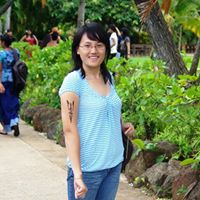
Hui Xu
view source
Selina Hui Xu
view source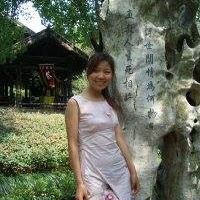
Hui Xu
view source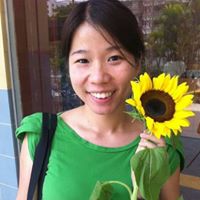
Xu Pei Hui
view sourceGoogleplus
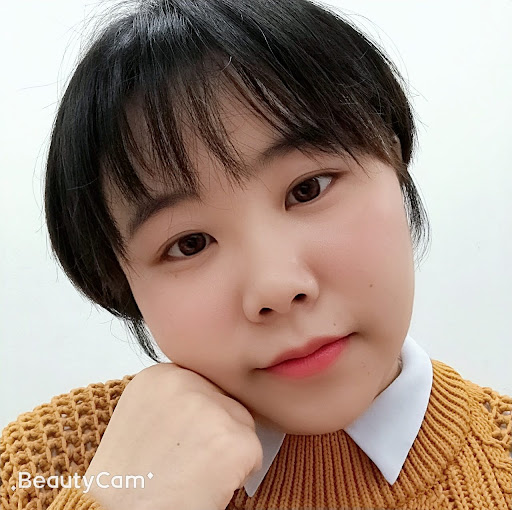
Hui Xu
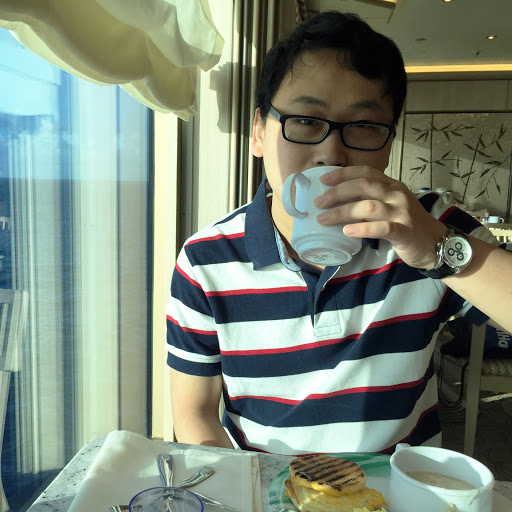
Hui Xu
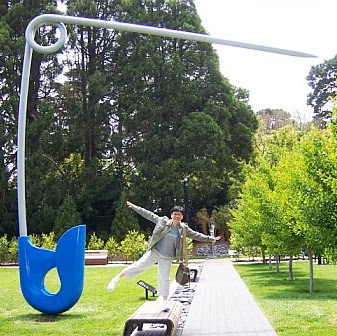
Hui Xu

Hui Xu

Hui Xu
About:
Core member of Google Indexing team that built Google Caffeine indexing system. Technical lead and manager of Google Custom Search team.

Hui Xu
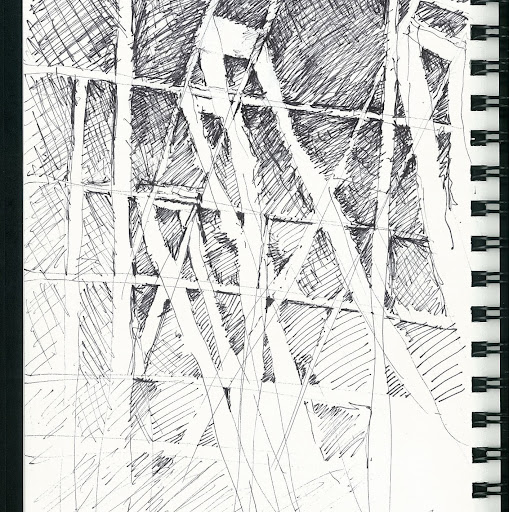
Hui Xu

Hui Xu
Plaxo

Xu Guang Hui
view sourceShaoxing CityExport Manager at China Dingfeng Group (Shaoxing C...
Get Report for Hui Xu from Port Chester, NY, age ~69





